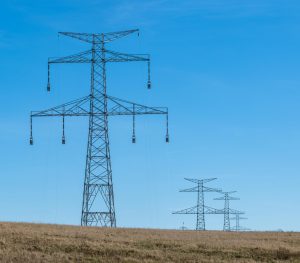Modular Micro-Homes: 3D-Printed Units Easing Urban Density
Welcome to the world of modular micro-homes, a solution to the increasing problem of urban density. As major cities continue to face overcrowding and rising housing costs, the concept of modular micro-homes has gained traction as a viable solution. These 3D-printed units are not only cost-effective and sustainable, but they also offer a sense of community and flexibility that traditional housing lacks. Let’s explore how these tiny homes are revolutionizing the urban landscape. 
The Rise of Urban Density
Cities around the world are experiencing unprecedented population growth, leading to a surge in urban density. As more people move to urban areas in search of better job opportunities and a higher standard of living, the demand for housing continues to rise. This rapid growth has resulted in a shortage of affordable housing, which has become a pressing issue for many governments and urban planners.
Traditional solutions, such as building high-rise apartments, have proven to be expensive and unsustainable in the long run. As a result, alternative housing options like modular micro-homes have gained popularity due to their smaller footprint and lower cost. These tiny homes are typically no larger than 500 square feet, making them an ideal solution for cramped city spaces.
The Advantages of Modular Micro-Homes
Affordable Housing
The primary advantage of modular micro-homes is their affordability. Traditional homes and apartments are often out of reach for individuals and families on a limited budget, especially in cities with skyrocketing housing prices. On the other hand, modular micro-homes are much more affordable, sometimes costing just a fraction of what a traditional home would. This makes them an attractive option for those looking for low-cost housing solutions.
Efficient and Sustainable
Modular micro-homes are not only cost-effective but also sustainable. These homes are typically made from eco-friendly materials and have a smaller environmental footprint compared to traditional homes. Additionally, as they are 3D-printed, the construction process is highly efficient, producing less waste and utilizing fewer resources. This makes them a more eco-friendly option for those looking to reduce their carbon footprint.
Flexibility and Community
One of the most appealing aspects of modular micro-homes is the sense of community they offer. As these tiny homes are usually built in clusters, residents have the opportunity to interact with their neighbors and build relationships within their community. This creates a sense of belonging that is often lacking in larger cities. Additionally, the modular design of these homes allows for easy customization and additional units can be added as needed, providing residents with the flexibility to adapt to their changing needs.
The Future of Urban Living
As our cities continue to grow, the demand for innovative housing solutions will only increase. The concept of modular micro-homes has the potential to revolutionize urban living, offering a sustainable and affordable option for those looking to live in the heart of the city. While there are still challenges to be addressed, such as zoning regulations and access to land, the potential for these tiny homes to ease the problem of urban density cannot be overlooked.
In conclusion, modular micro-homes are not just small living spaces, but a solution to the ever-increasing problem of urban density. With their affordability, sustainability, and sense of community, these tiny homes are paving the way for a more livable and inclusive urban landscape.









